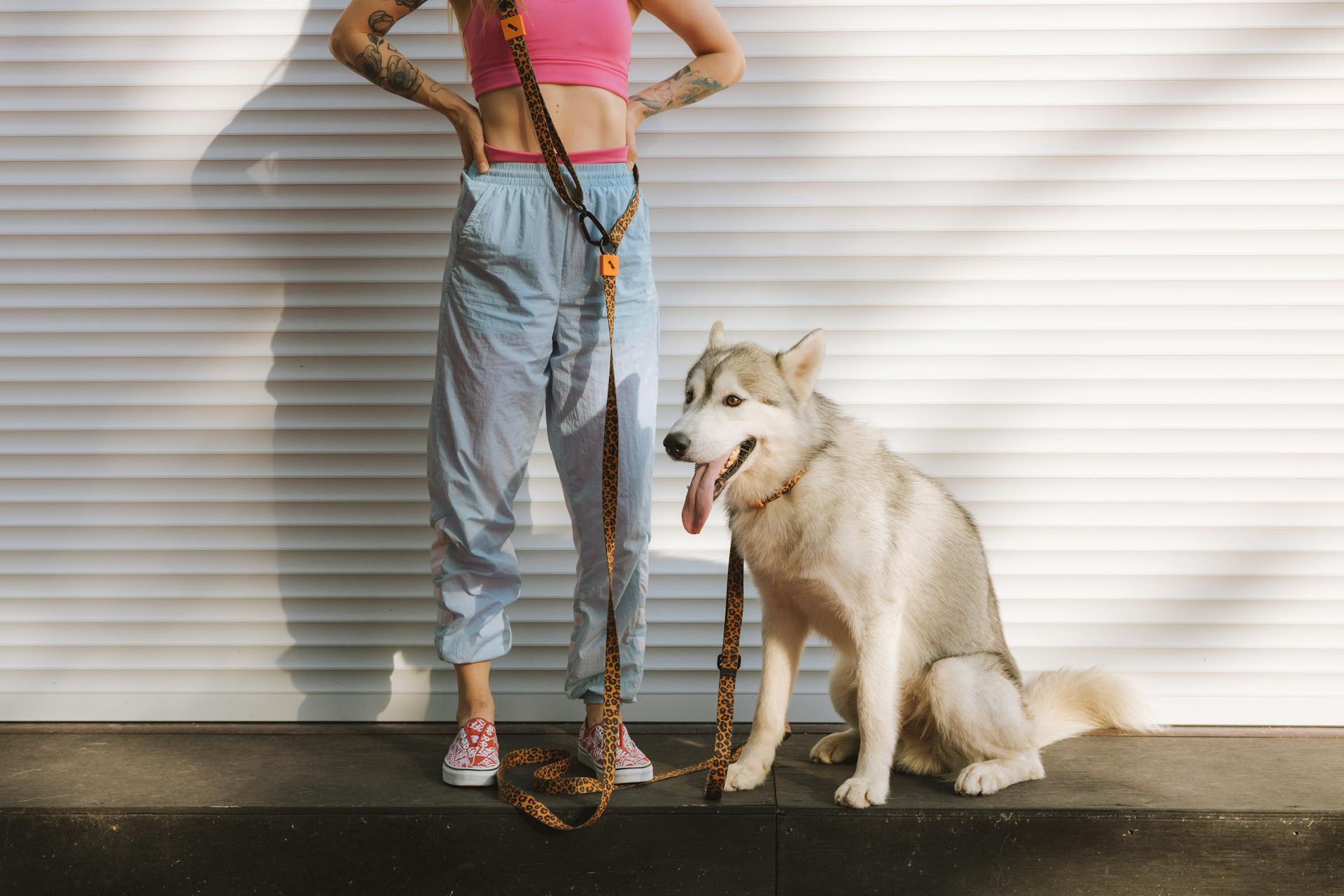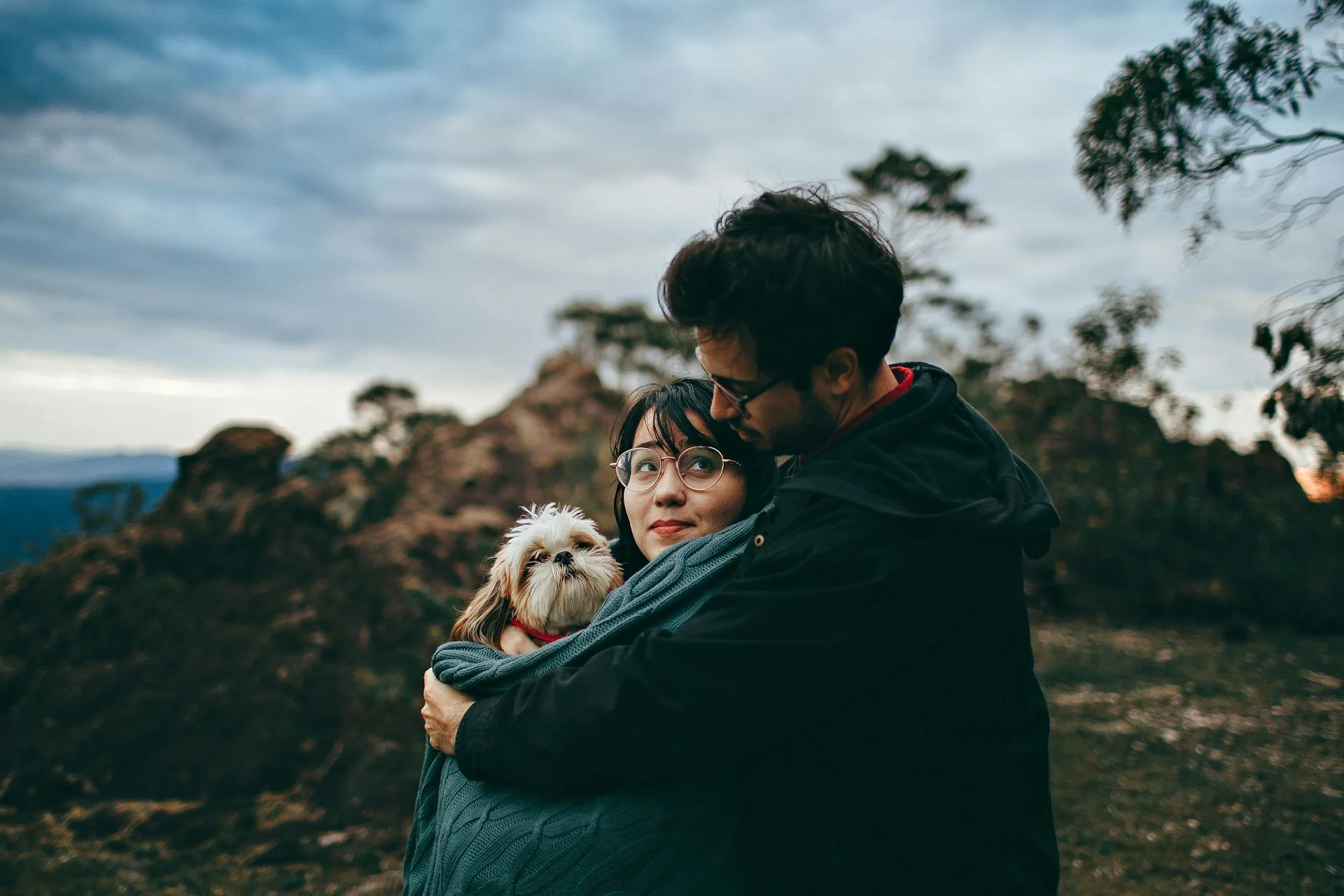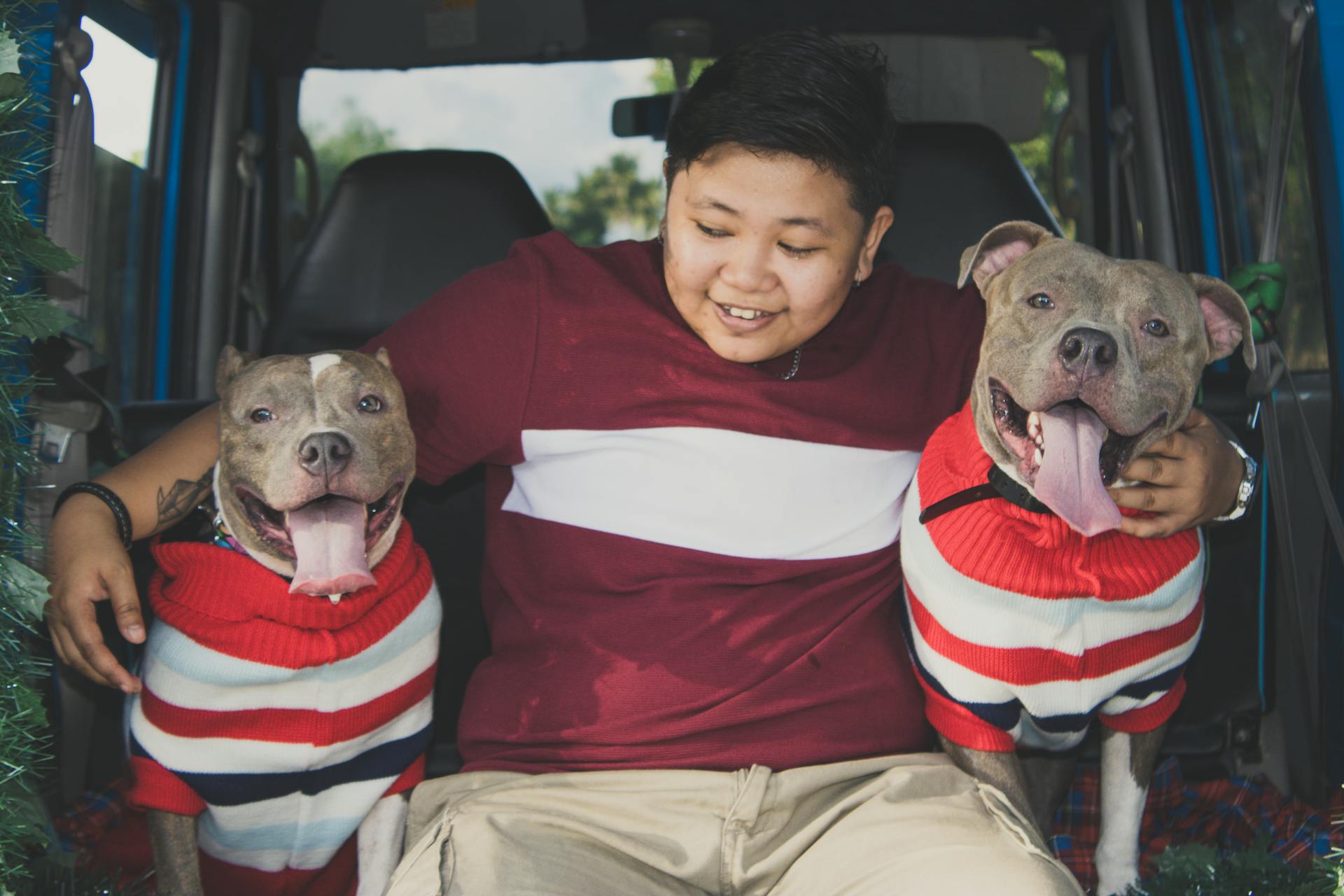
Bow legged pit bulls can be prone to certain health issues, and it's essential to understand the causes and effects of this condition.
One of the primary health issues associated with bow legged pit bulls is hip dysplasia, a genetic condition that affects the hip joint, leading to arthritis and mobility problems.
Hip dysplasia can cause significant pain and discomfort for pit bulls, making everyday activities like walking and running challenging.
Bow legged pit bulls are also at a higher risk of developing patellar luxation, a condition where the kneecap slips out of place, leading to pain and inflammation.
Patellar luxation can be caused by a variety of factors, including genetics, obesity, and trauma to the knee joint.
Pit bulls with bow legs are also more prone to joint problems due to the abnormal alignment of their legs, which can put additional stress on their joints.
Joint problems can lead to arthritis, which can significantly impact a pit bull's quality of life, making everyday activities difficult and painful.
Causes of Deformities
Angular limb deformities in dogs, like bow legged pit bulls, can be caused by trauma or genetic factors. Trauma, such as a young age injury, can impact one bone in a pair of growing bones, causing it to stop growing earlier than it should.
Genetic or congenital factors are also to blame. Breeds with short limbs, like Pembroke and Cardigan Welsh corgis, Shih-tzu, dachshunds, and basset hounds, are more likely to experience these deformities.
Growth between two bones that are side by side not occurring at the same time can also lead to angular limb deformity. This can cause one bone to bend and twist, leading to difficulty functioning and pain.
See what others are reading: When Do Pit Bulls Stop Growing
Diagnosis and Treatment
Diagnosis of angular limb deformities in dogs typically involves a thorough evaluation process by your veterinarian, who may refer you to a specialist in orthopedic conditions.
Regular check-ups with the veterinarian as your dog is growing are crucial to notice problems early on, especially in breeds that typically have short, bowed limbs.
Sedation or general anesthesia is required for radiographs of your dog's limbs, which will help your veterinarian determine the extent of the deformity and what pain and discomfort it causes your dog.
Computed tomography (CT) images may also be recommended to create a 3D image of your dog's limb, which will be very helpful if surgery is necessary.
Additional reading: American Bull Dog Pit
Diagnosis of Deformities
Diagnosis of Deformities is usually done after a thorough evaluation process, which may involve a specialist in orthopedic conditions or your veterinarian examining your dog to assess the extent of the deformity and the pain it causes.
Your veterinarian will likely request radiographs of your dog's limbs, including the affected limb and the other limb for comparison, which requires sedation or general anesthesia.
Computed tomography (CT) may also be recommended, as it helps the veterinarian or orthopedic surgeon create a 3D image of your dog's limb, which is very helpful if surgery is necessary.
Intriguing read: Brindle Female Pit Bulls
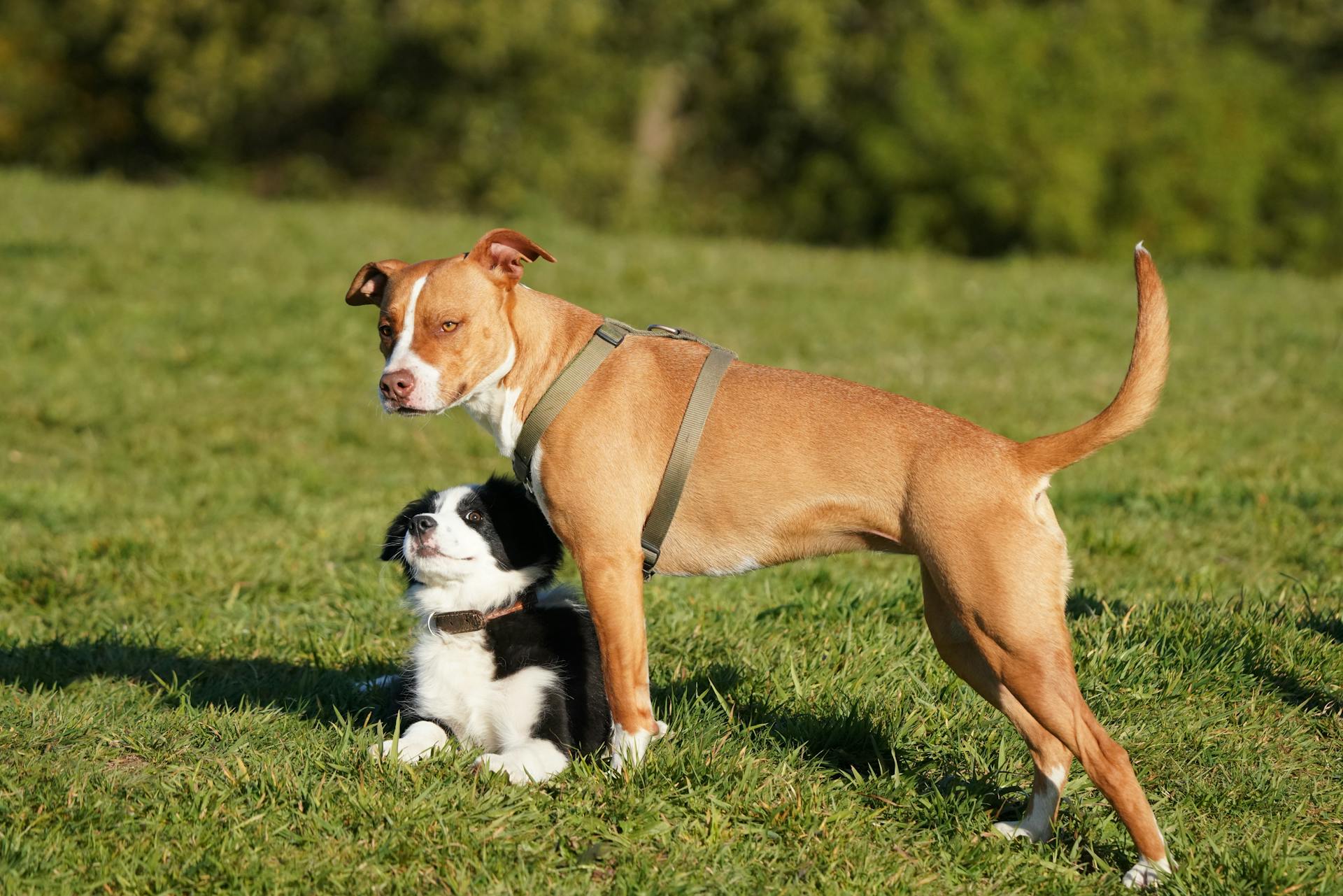
Determining whether a deformity is a real issue in breeds with naturally short, bowed limbs can be challenging, so regular check-ups with the veterinarian are essential as your dog grows.
X-rays are critical in assessing for trauma, damage, and joint involvement, and quality X-rays including the elbows are essential to make an accurate diagnosis.
A thorough diagnosis is crucial to determine the best course of treatment for your dog's deformity.
Treatment of Deformities
Treatment of Deformities involves several steps to restore the dog's limb to its normal alignment and prevent future deformities. The veterinarian's primary goal is to reduce or eliminate pain by restoring the congruence of the joints through surgery.
The first step in treatment is to cut the shorter bone near the joint, allowing it to bounce back into its normal position. This is often done through a surgical procedure that involves cutting and realigning the deformed bones.
To resolve angular and rotational alignment issues, the veterinarian may use plates-and-screws or external skeletal fixation to hold the bones in their new position. This helps to align the contiguous joints correctly and prevent further deformities.
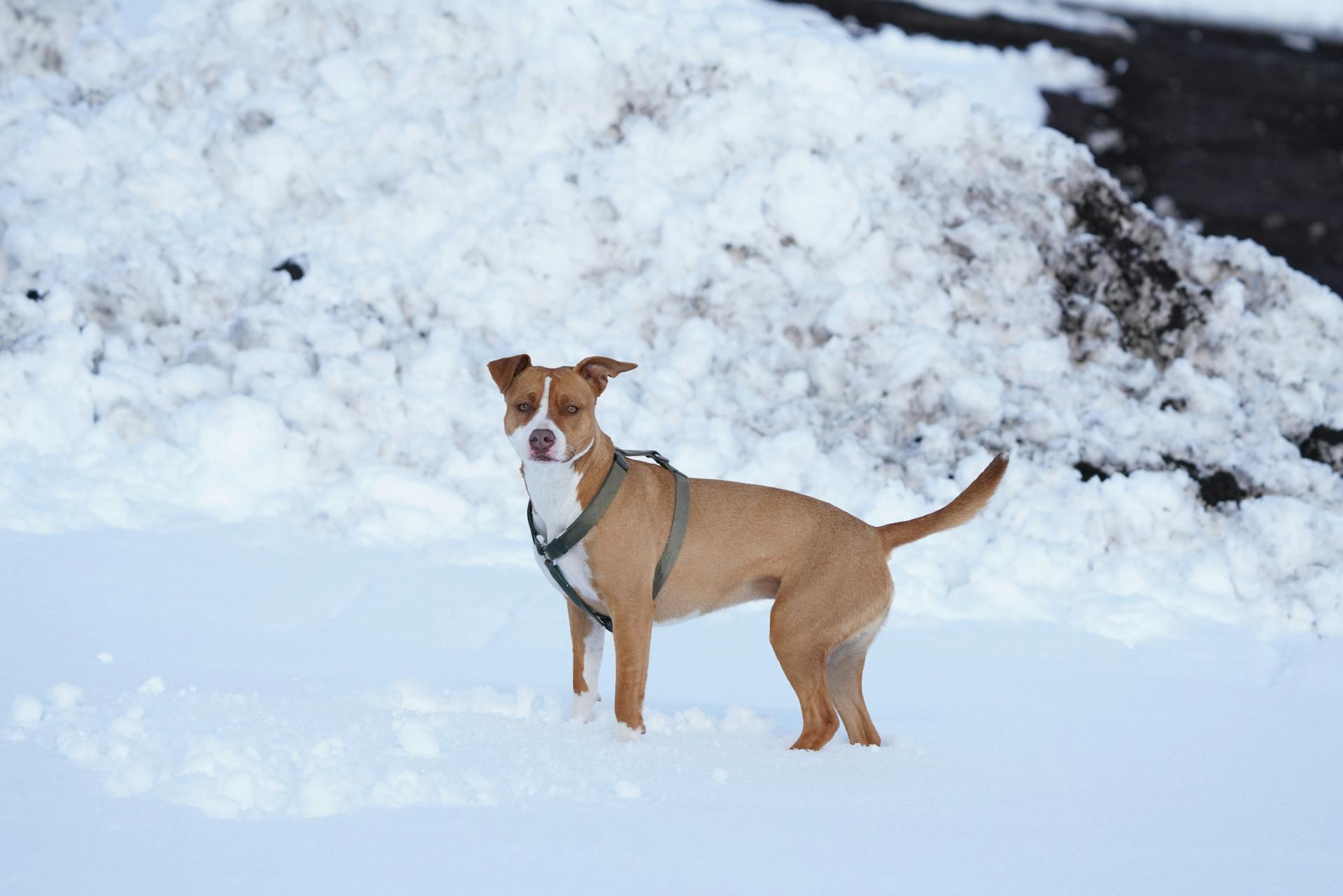
Preventing future deformities is crucial, especially in young dogs that have a lot of growing to do. In some cases, the veterinarian may remove portions of the bone to prevent the bowstring effect from occurring again.
If both bones in a pair stop growing early, spatial realignment can be conducted using an external frame that allows for daily adjustment and growth.
Here are the key treatment priorities for angular limb deformities in dogs:
- Reduce or eliminate pain through surgery
- Resolve angular and rotational alignment issues
- Prevent future deformities
- Treat shortening of the limb
Helping Deformed Puppies
Early intervention is critical for a good outcome, particularly if the puppy has a significant amount of growth yet to achieve. If there is lameness, intervention is more important.
Some patients will respond to nutritional adjustments. Too much protein and fat in the diet or adding calcium and/or phosphorus can contribute to angular limb deformities in dogs.
Dogs with these deformities require close monitoring. If nutritional adjustments don't lead to a resolution, surgical intervention may be required.
Your veterinarian may request radiographs of your dog's limbs, including the affected limb and the other limb for comparison. Sedation or general anesthesia will be required for the radiograph.
A less calorie-dense food with lower amounts of calcium and phosphorus, such as an adult dog food, can help slow down and straighten out the puppy's limbs.
Bowed Legs and Health Issues
Bowed legs in dogs can be a sign of Dwarfism or Achondroplasia, a genetic abnormality that affects the growth of a puppy's legs.
This condition can cause excessive bowing in the front legs, especially if the chest extends below the elbows.
In some breeds, like Dachshunds, Cardigan Welsh Corgis, and short-legged Terriers, Dwarfism or Achondroplasia is more common.
As this condition is genetically acquired, it's essential to remember that it can lead to arthritis and other problems for the dog as it ages.
Exaggeration of the bow in the front legs, with a corresponding outward turn in the pastern, should be actively discouraged in breeding.
A straight pastern is crucial to avoid this condition and its associated health issues.
Understanding Deformities
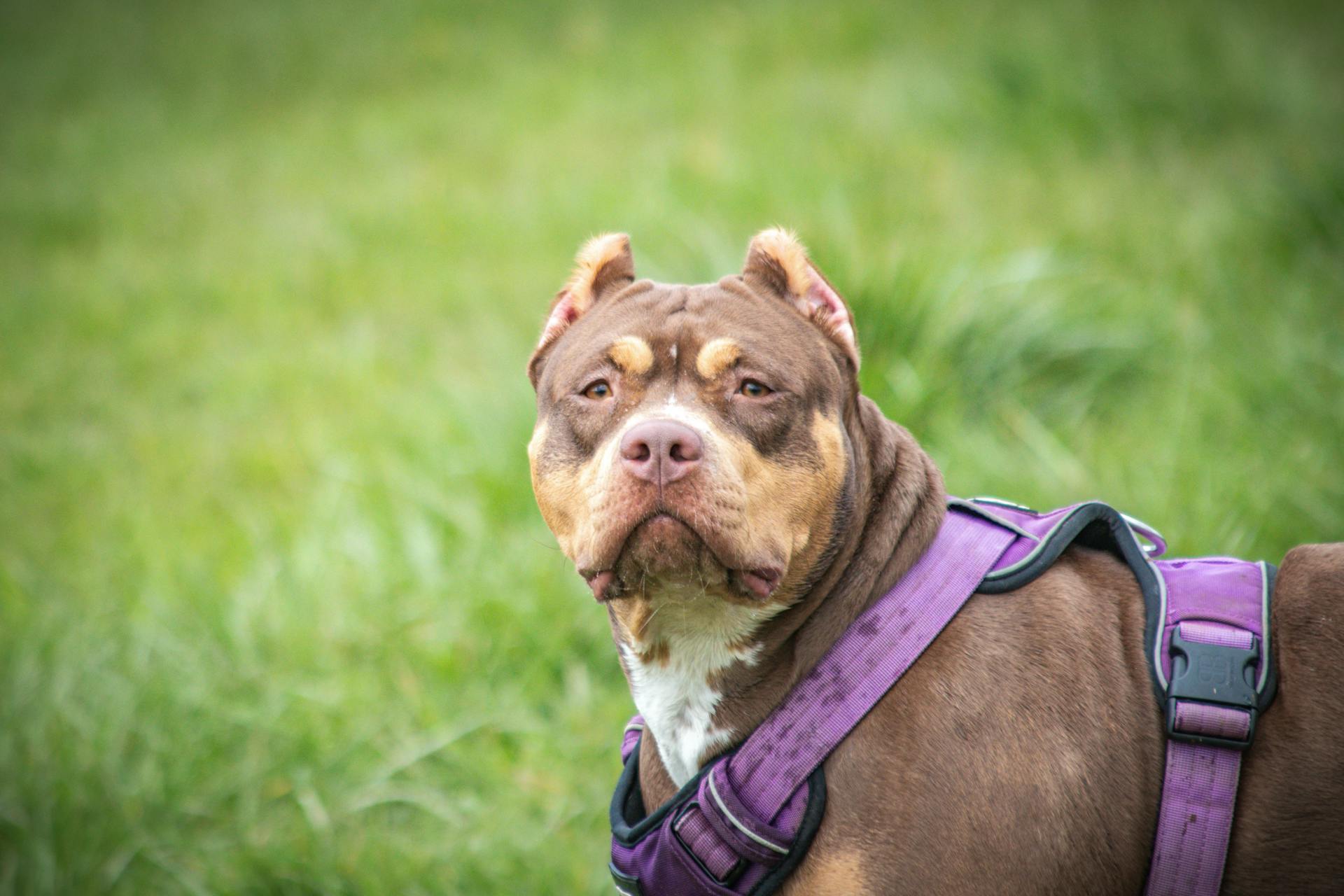
Angular limb deformities in dogs are not uncommon, and Pit Bulls are no exception. These deformities can occur due to genetic factors or physical injuries, particularly during growth.
Some breeds, such as Bulldogs, Shih Tzus, and Lhasa Aposos, are more prone to angular limb deformities due to selective breeding. Pit Bulls, being a breed prone to short, bowed limbs, are more likely to experience these deformities.
Angular limb deformities can manifest in different ways, including shortened limbs, bowing of bones, partial displacement of joints, and bending or twisting of growing bones. This irregular growth can lead to pain, discomfort, and lameness.
If you notice a visible limb deformity in your Pit Bull, it's essential to bring them to the veterinarian for an evaluation as soon as possible. Your veterinarian may request radiographs of your dog's limbs to determine the extent of the deformity and identify any pain or discomfort.
The good news is that with proper treatment, many angular limb deformities can be corrected. Treatment priorities include reducing or eliminating pain, resolving angular and rotational alignment issues, preventing future deformities, and treating shortening of the limb.
Sources
- https://www.revivalanimal.com/learning-center/angular-limb-deformity-in-dogs-puppy-bowed-legs
- https://www.pashudhanpraharee.com/bowed-front-legs-deformity-in-puppy-care-management-treatment/
- https://janedogs.com/other-short-legged-breeds/
- https://wagwalking.com/condition/angular-limb-deformities
- https://www.akc.org/expert-advice/news/gracies-legacy/
Featured Images: pexels.com
